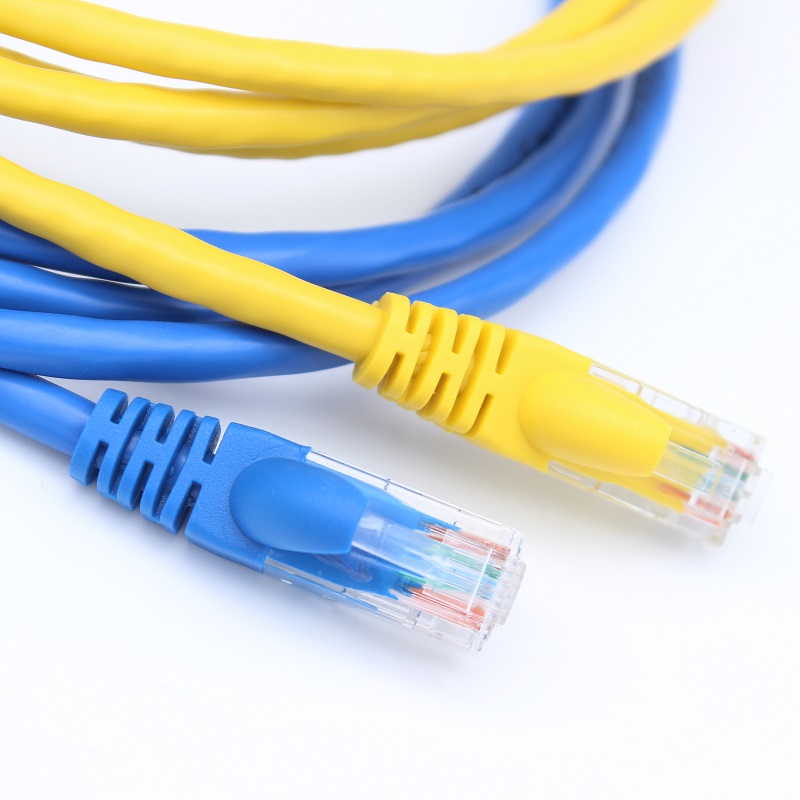Network cables are the lifeline of our digital world. They are the physical links that connect devices and enable data transmission between computers, routers, switches, and other network components. Without network cables, the smooth flow of information and seamless communication that we rely on today would simply not be possible. In this article, we will delve into the world of network cables, exploring their types, functions, and significance in modern networking.
1. Overview of Network Cables
Network cables, also known as Ethernet cables or patch cables, are essential components in every wired network setup. These cables transmit data signals in the form of electrical impulses, allowing devices to communicate and share information with each other. Network cables are made up of conductive metal wires wrapped in protective insulation, protecting the signals from external interference.
2. Categories of Network Cables
Network cables come in different categories, each suitable for specific networking requirements. The most commonly used categories are:
1. Cat 5e: This cable type is capable of transmitting data at speeds of up to 1 Gigabit per second (Gbps) and is suitable for small home or office networks.
2. Cat 6: Cat 6 cables offer higher performance compared to Cat 5e, allowing for data transmission speeds of up to 10 Gbps. They are often used in larger networks with higher bandwidth requirements.
3. Cat 6a: Cat 6a cables are an improved version of Cat 6, capable of handling data speeds of up to 10 Gbps at longer distances. They are commonly used in data centers and high-speed networks.
4. Fiber Optic: Fiber optic cables use thin strands of glass or plastic to transmit data as pulses of light. These cables offer extremely high speeds and are ideal for long-distance connections and high-bandwidth applications.

3. Benefits of Network Cables
Although wireless networks have gained popularity in recent years, network cables continue to play a vital role in networking due to several advantages they offer:
1. Reliability: Wired connections are less susceptible to interference from other devices or external factors, making them more reliable and stable for data transmission.
2. Speed: Network cables provide faster and more consistent speeds compared to wireless connections. They are ideal for tasks that demand high-speed data transfer, such as online gaming or streaming high-definition videos.
3. Security: Wired networks offer enhanced security as they are more difficult to intercept compared to wireless networks, reducing the risk of unauthorized access to sensitive information.
4. Long-distance Connectivity: Fiber optic cables, in particular, can transmit data over much longer distances compared to other cable types, making them essential for connecting geographically distant locations.
Conclusion:
In conclusion, network cables are the backbone of modern connectivity, allowing us to establish stable, secure, and high-speed data connections. Whether it's in homes, offices, or data centers, network cables provide the reliable infrastructure needed for seamless communication and data transfer. Understanding the different types and benefits of network cables is crucial in setting up efficient and robust network systems in today's digital age.


